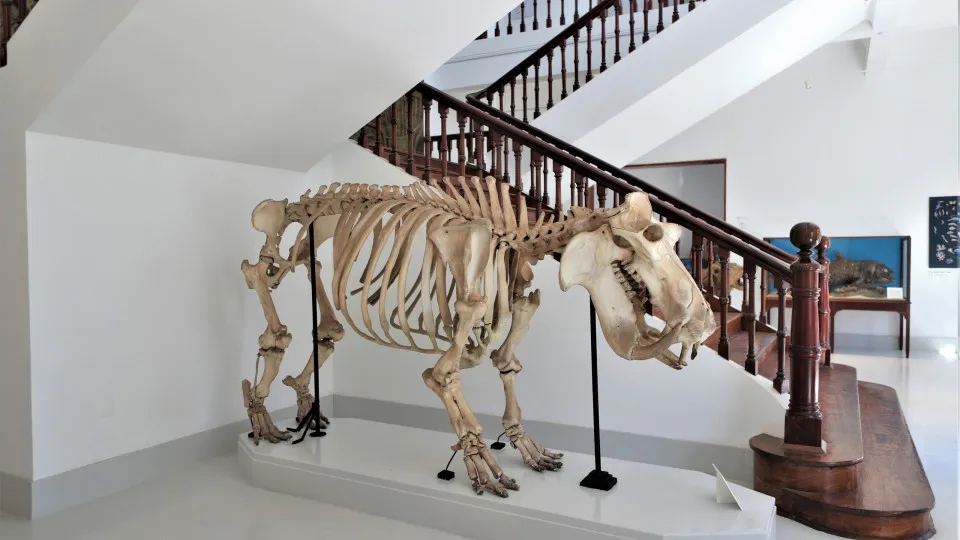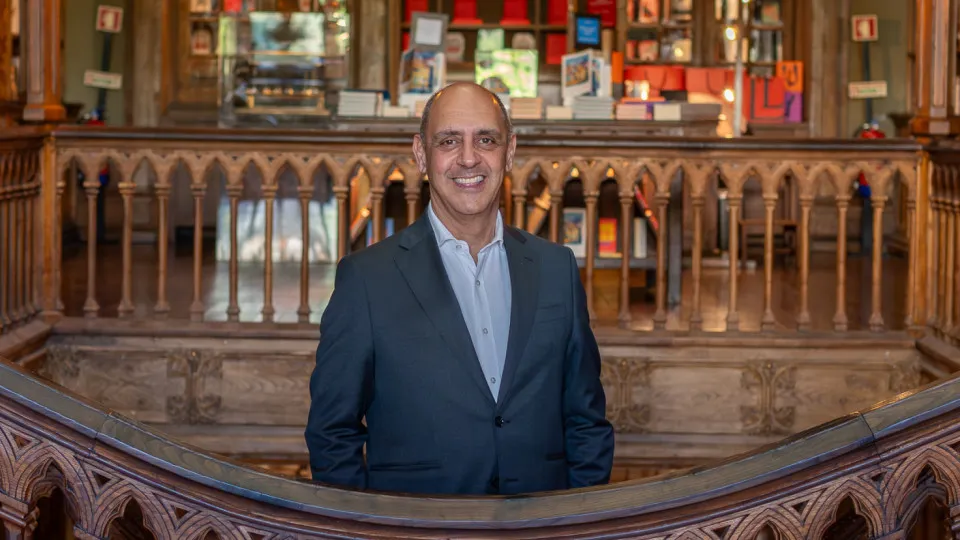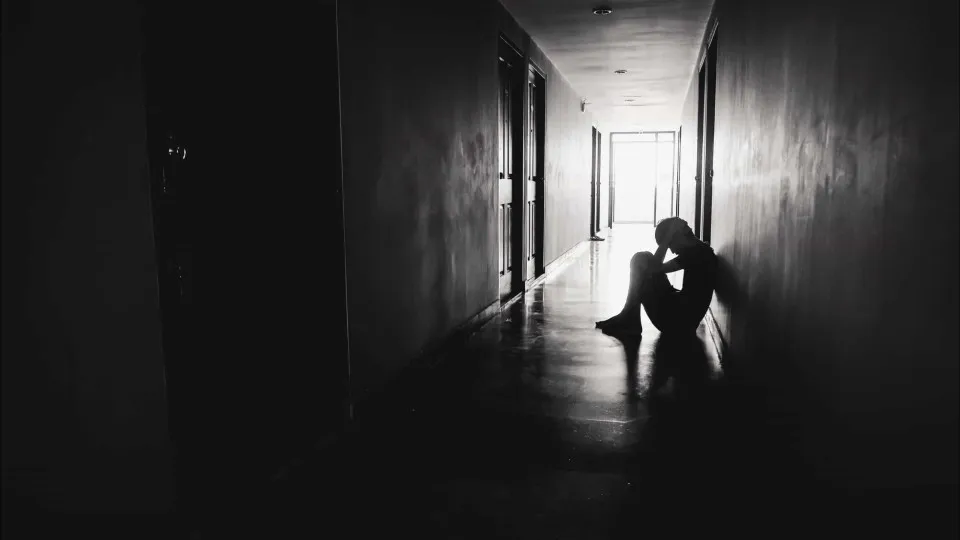
“They were previously facing serious conservation issues due to the infrastructure’s condition. One of the interventions was the total and complete renovation of the roof. We had infiltration problems, but now those issues have been resolved,” stated Lucília Chuquela, director of the Museum of Natural History in Maputo, in an interview.
Renovated after two years of work on a building from 1933, with a budget of 4.2 million euros funded by Italian cooperation, and reopened to the public on October 1, the space now features enriched exhibitions with restored animals through modern taxidermy techniques. New museographic and technological solutions have been introduced, allowing for greater inclusion and accessibility for people with disabilities.
“We reopened as a modern museum, due to its ability to be inclusive. One of the things determined by the International Committee of Museums is that museums should be inclusive, and we are now inclusive and comprehensive,” Chuquela emphasized.
However, she acknowledges that due to existing infiltration problems, some animals, which also represent Mozambican history, had to be removed from exhibitions due to their advanced state of degradation. In the current presentation, the marine species exhibition hall is the most complete.
The requalified museum now includes a discovery room designed to assist student education, created upon proposal from a group of teachers consulted during the planning phase.
“In our requalification, we added temporary exhibition rooms and also a discovery room, which is a significant step because we will contribute informally to student education,” said Lucília Chuquela, highlighting that the museum is also enriched with educational themes.
“Our exhibitions have also become more interactive, informative, and above all, more inclusive, and I believe this is the museum’s fundamental role in this new era,” she added.
The director emphasizes that the museum, formally established in 1911, remains committed to contributing to Mozambique’s understanding of the true state of species conservation, including those on the brink of extinction.
Gertrudes Massango, a 14-year-old student, visited the Museum of Natural History in Maputo for the first time on its public reopening day, driven by a desire to learn about the history of Mozambique’s jungle and savanna.
“It was an exciting experience to see the animals and learn a bit of our history. I learned a lot about the animals and the instruments our ancestors used,” described the student after her visit, accompanied by a group of other students.
Joelina António also visited the museum and left with the same impression she had as a child when she first entered, only now she returned with her daughter and sisters, for a reunion that renewed her enchantment with natural history.
“I am impressed. I visited long ago, as a child, so I’m happy with the reopening. It’s always important to take children to see our history, especially that of the elephant,” she said.
The Museum of Natural History in Maputo has been operating for nearly a century in a historic Manueline-style building from the Portuguese colonial period, presented as one of the country’s most emblematic monuments.
Currently under the management of Eduardo Mondlane University, the museum was closed from 2023 to 2025 to allow for rehabilitation works funded by the Italian Agency for Development Cooperation (AICS).
The architectural requalification project included, besides the roof replacement, the installation of air conditioning to maintain an “appropriate environment” for the species and objects on display, and the installation of an interior fire detection system.
The museum now features new thematic areas, including an ethnographic room with about 500 objects related to the cultural practices of various Mozambican peoples, covering art, sculpture, music, goldsmithing, ceramics, and basketry, complemented by a historical photographic collection.
The project’s funder stated that the initiative also included the creation of a Biodiversity Conservation Center, coordinated by the Polo Museale of Sapienza University of Rome, in partnership with the Anton Dohrn Zoological Station and the NGO WeWorld.




